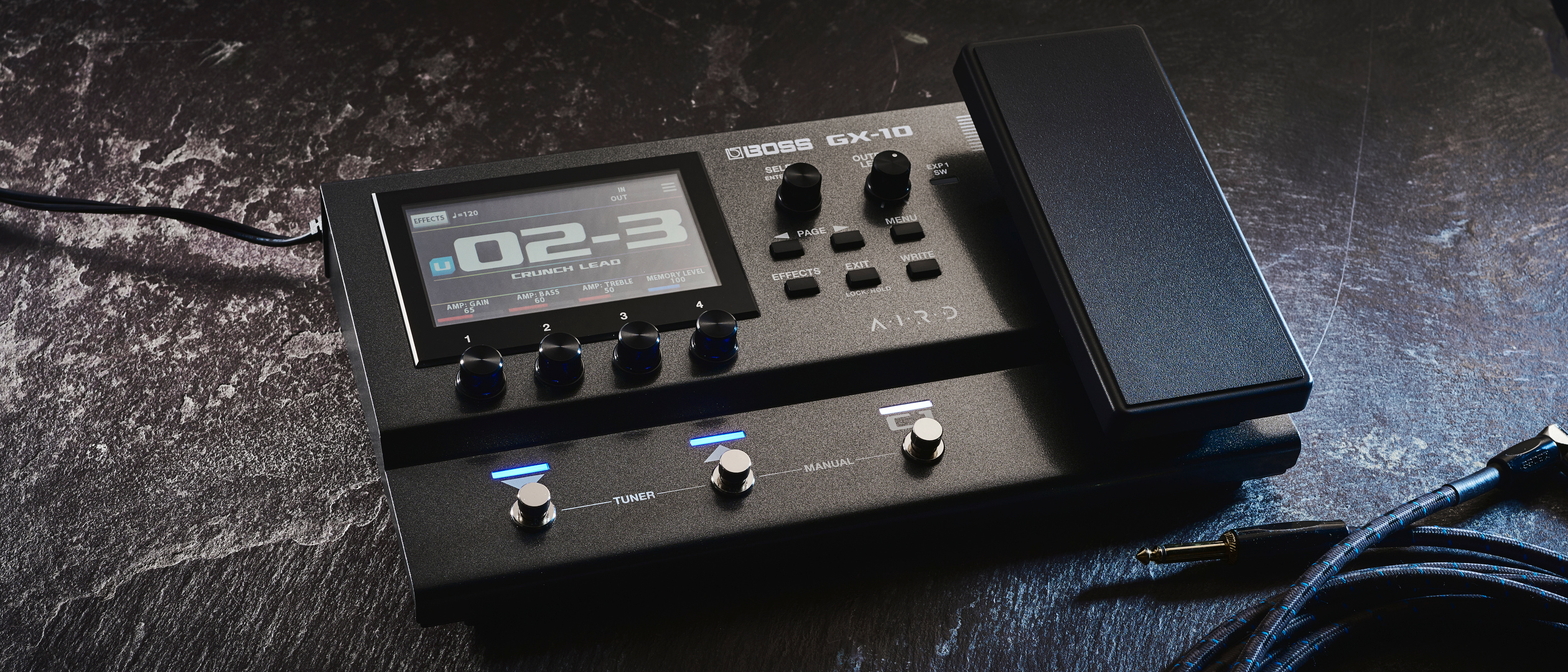
Boss GX-10: What is it?
This latest unit in the seemingly never-ending stream of multi-effects pedals comes in the form of the Boss GX-10, a compact unit from one of the stalwarts of stompboxes, derived from its flagship GX-100 multi-effects processor. Despite its beginner-friendly looks and size, it sits in a bit of a no-man’s-land when it comes to similar multi-effects at the $400 mark. Cheaper than a Line 6 HX Series pedal, but more expensive than a Zoom G6. So is it aimed at beginners or those who are a bit pickier about their modeled amp tones? Guess we’ll have to find out…
With a full-color touchscreen, the GX-10 allows you to swipe, drag, and tap your way around your effects chain, giving you a visual overview of all 32 amp models and 170 effects models. Including classics like the DS-1 and RE-201, it’s a scintillating lineup of stompboxes to choose from. The amp models utilize Boss’ AIRD modeling technology, which does things a little differently in the modeling sphere, treating the amp and cabinet as one cohesive whole rather than separating the two.
You can of course, edit the cab settings and before you get angry thinking of the thousands of impulse responses you’ve downloaded, you can load up to 16 custom IRs from your own collection, and you can customize the existing combinations further by changing speaker type and mic type, overriding Boss’ recommended pairing if you like.

Connectivity comes in the form of a single 1/4-inch input, two 1/4-inch stereo outputs, a dedicated 1/4-inch headphone out, a send and return loop, and control input for additional footswitches or another expression pedal. To be honest, this is probably plenty for your average bedroom player, but there are those who might lament the lack of a dedicated MIDI socket (you can use the USB-C for this) or stereo inputs.
The front is mostly dominated by the touch screen, and below it, you’ve got four endless encoders that control various parameters. To the right is a selection of controls for navigating menus, alongside another encoder knob for parameter control, and a master output level control. Moving further down the unit you’ve got three ‘quiet’ footswitches, the first two which bank up and down, and the third is a control switch for changing certain parameters depending on the patch.
The expression pedal completes the setup, with both the expression and control switch being assignable to any parameter you like. An optional Bluetooth adapter gives you the option to stream audio, or more interestingly, utilize Boss’ wireless utility pedal offerings like the FS-1-WL switcher or Boss EV-1-WL expression pedal.
Specs
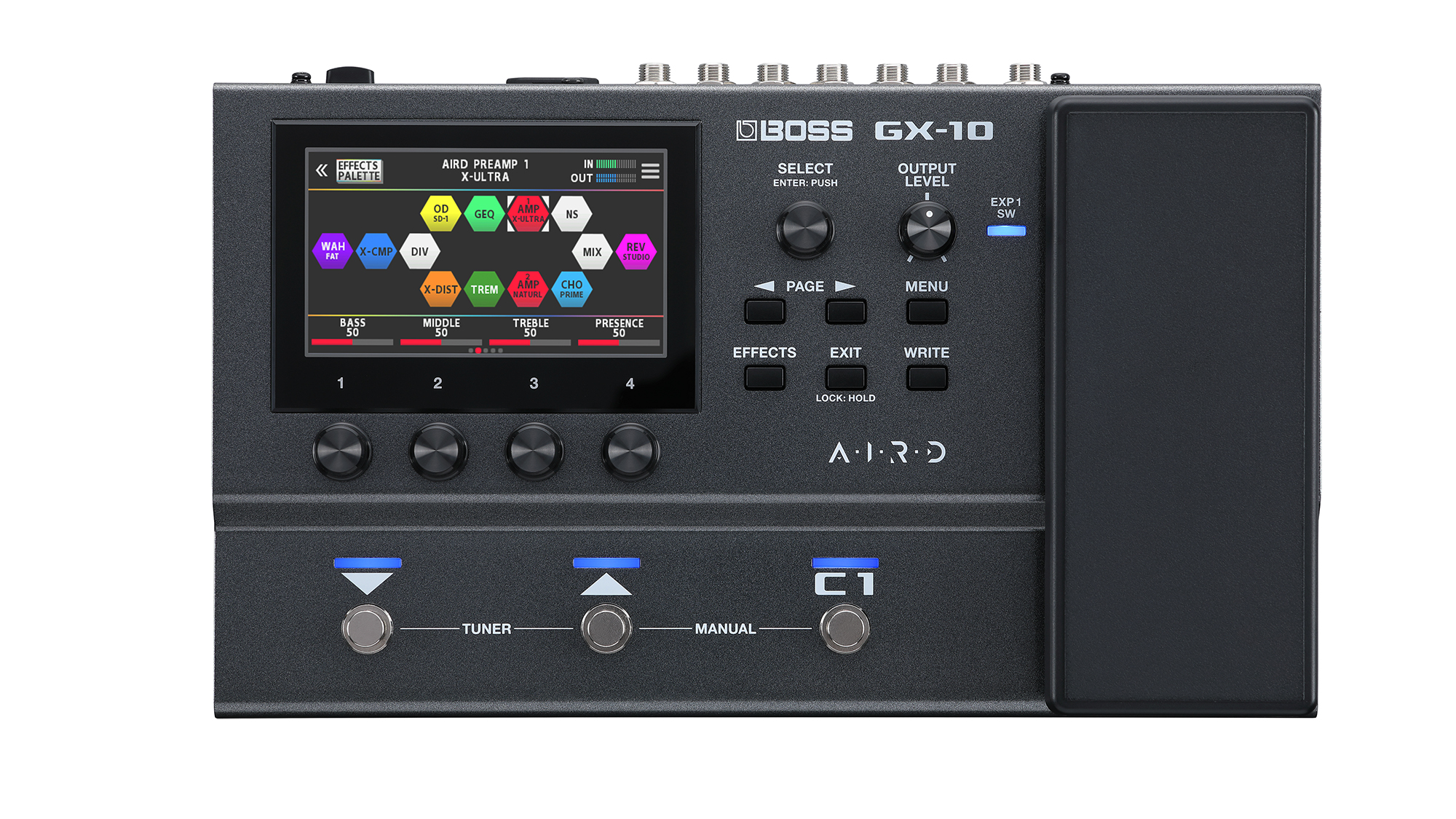
Launch price: $399 / £379 / €399
Type: Multi-effects pedal
Controls: 4x encoder knobs, 3x footswitches, select encoder, master output, page left and right, effects, menu, exit, write
Features: 32 amp models, 170 effects, expression pedal, optional Bluetooth adapter
Connectivity: 1 x 1/4" (instrument), 2 x 1/4" (L/Mono, R), 1 x 1/4" headphones, 2 x 1/4" (Send, Return), 1 x 1/4" (CTL 2, 3/EXP 2), 1 x USB-C
Bypass: N/A
Power: AC adapter, 1.2A (included)
Dimensions: 300 x 183 x 74mm
Weight: 2.2kg
Options: N/A
Contact: Boss
Build quality
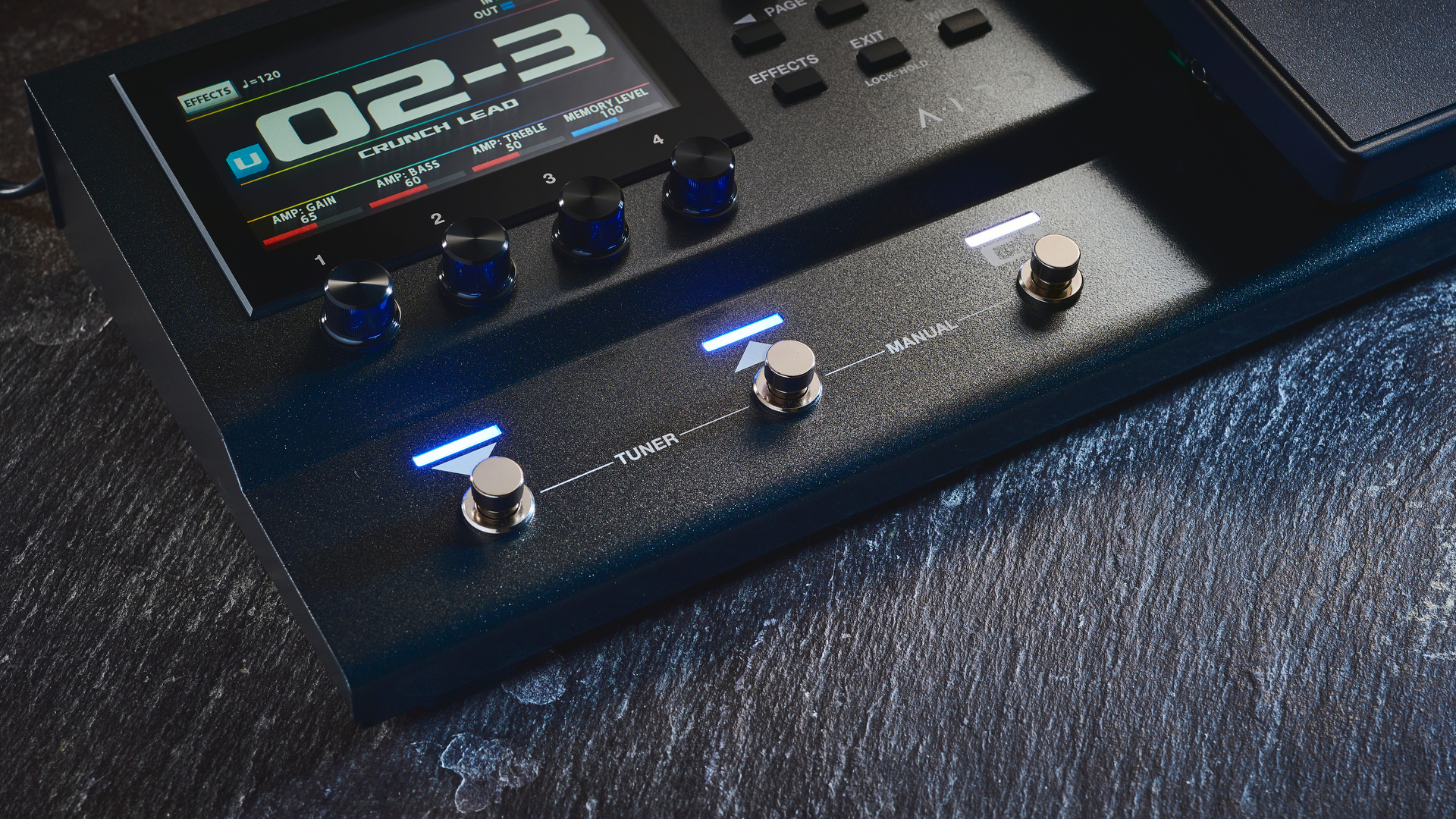
Build quality rating: ★★★★★
As you’d expect from any Boss gear, the GX-10 is ruggedly put together. The metallic gun metal grey chassis is extremely robust and feels more than capable of getting chucked in a backpack to travel to gigs with you. The knobs are all solidify mounted to the chassis, and the buttons feel decidedly tactile when you press them.
The expression pedal is similarly hardy, and leaning my full weight on it there was no hint of any wobble or bend. The footswitches give a nice quiet click, but they do sit on a shelf lower than the display.
This means it could be quite easy to accidentally stomp on the parameter knobs below the display, or as I did, accidentally knock the expression pedal when reaching for the control switch. I did this while playing in my running shoes, so I definitely wouldn’t recommend using your New Rocks with it.
Usability
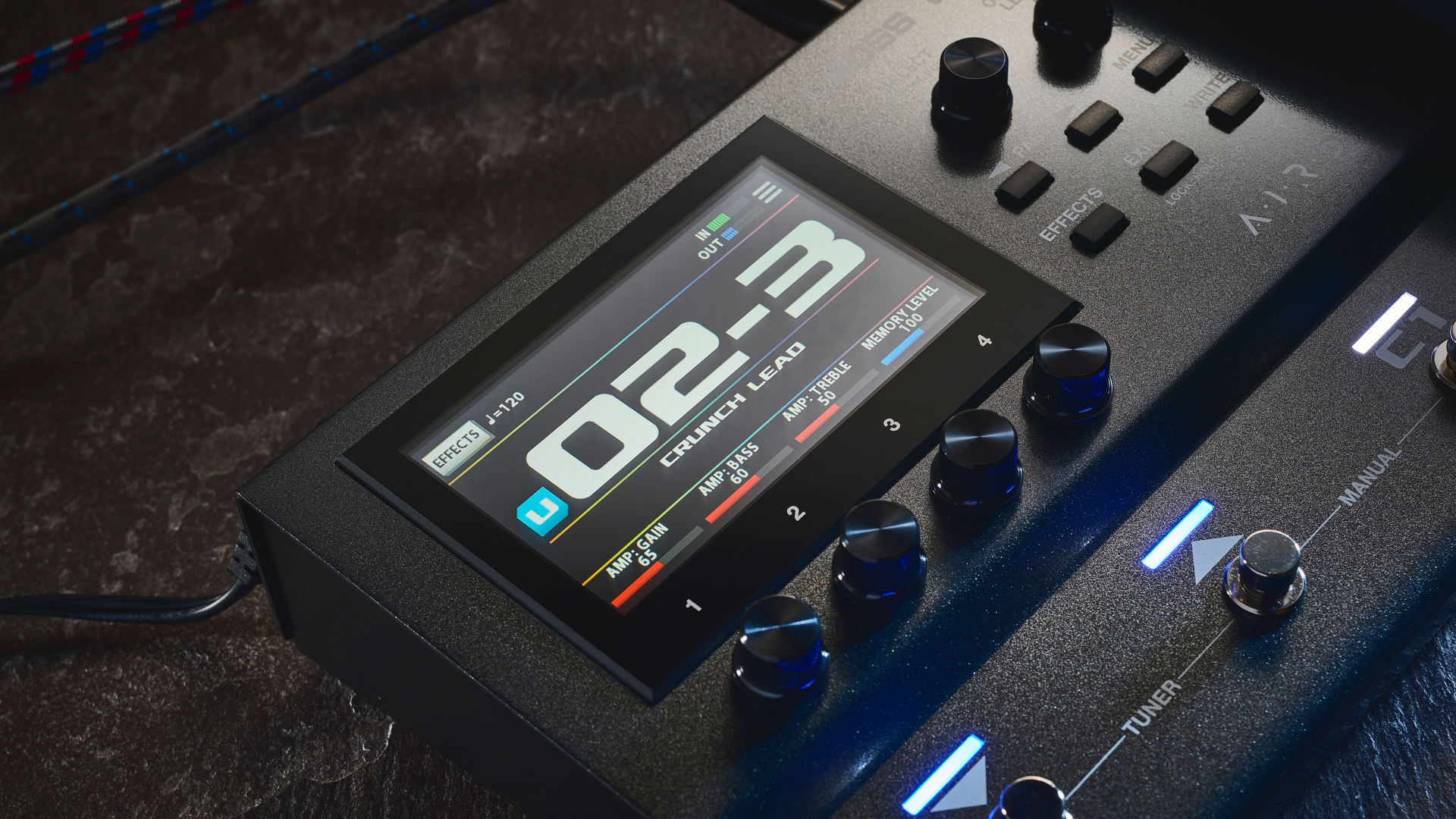
Usability rating: ★★★★☆
It’s a small touch but I absolutely love that the expression pedal automatically switches you to the tuner when you put it in the heel-down position.
My initial feeling of actually using the GX-10 was an overall positive. It took me a few minutes to get my head around dragging and dropping the effects in and out via the touch screen, but for anyone who’s used a smartphone, it’s easy enough to get up to speed.
You can load in plenty of effects into the chain too and I got 14 different effects including my amp and cab before I got the DSP overload warning.
At first, I was initially confused about changing amp tones as there’s only one amp block in the menu, but I quickly realized parameter knob 1 controls the amp model you want.
It’s easy enough to scroll through these using the first encoder, and all the amp controls are available via the remaining knobs and the page left and right buttons. You can access advanced settings like resonance and sag, as well as customizing your cabinet and mic combinations.
There’s not a huge amount of functionality here in terms of cab customization which may be disappointing for some, but there are still plenty of different sounds you can eke out of it.
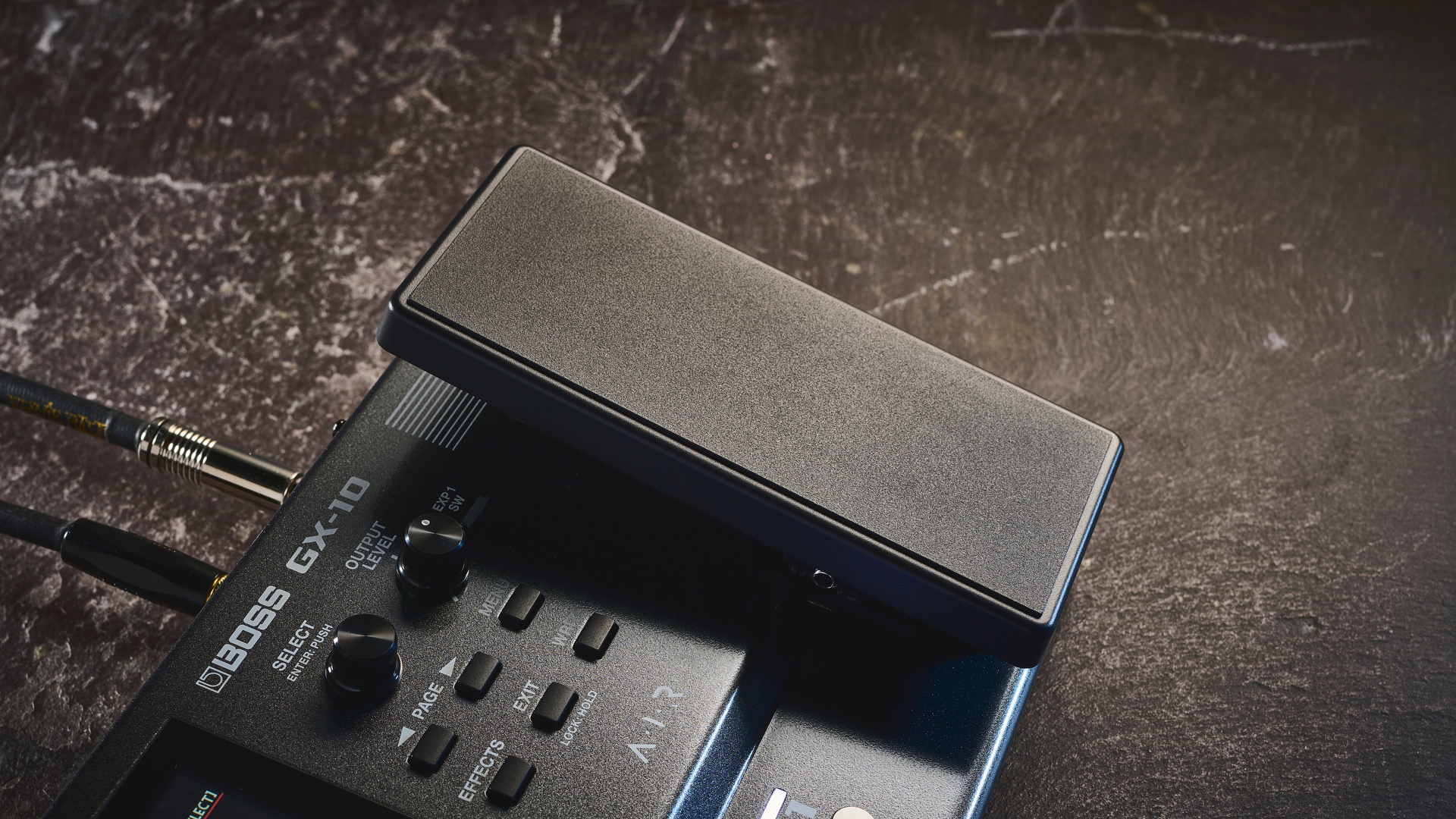
Scrolling through the effects takes a while as there are so many of them, but you can use the select knob to speed this process up. Not all of them are very clearly named either so there’s some experimentation required too when trying things out.
As a pedal nerd, I would’ve liked to have seen Boss use the actual pedal names for the effects like DS-1 and DD-3, but I also understand that this might make it even more unfathomable for newer players.
It’s a small touch but I absolutely love that the expression pedal automatically switches you to the tuner when you put it in the heel-down position. I can totally see this being useful when playing live, as typically you’ll reach for your tuner in between songs or sections anyway.
Sounds
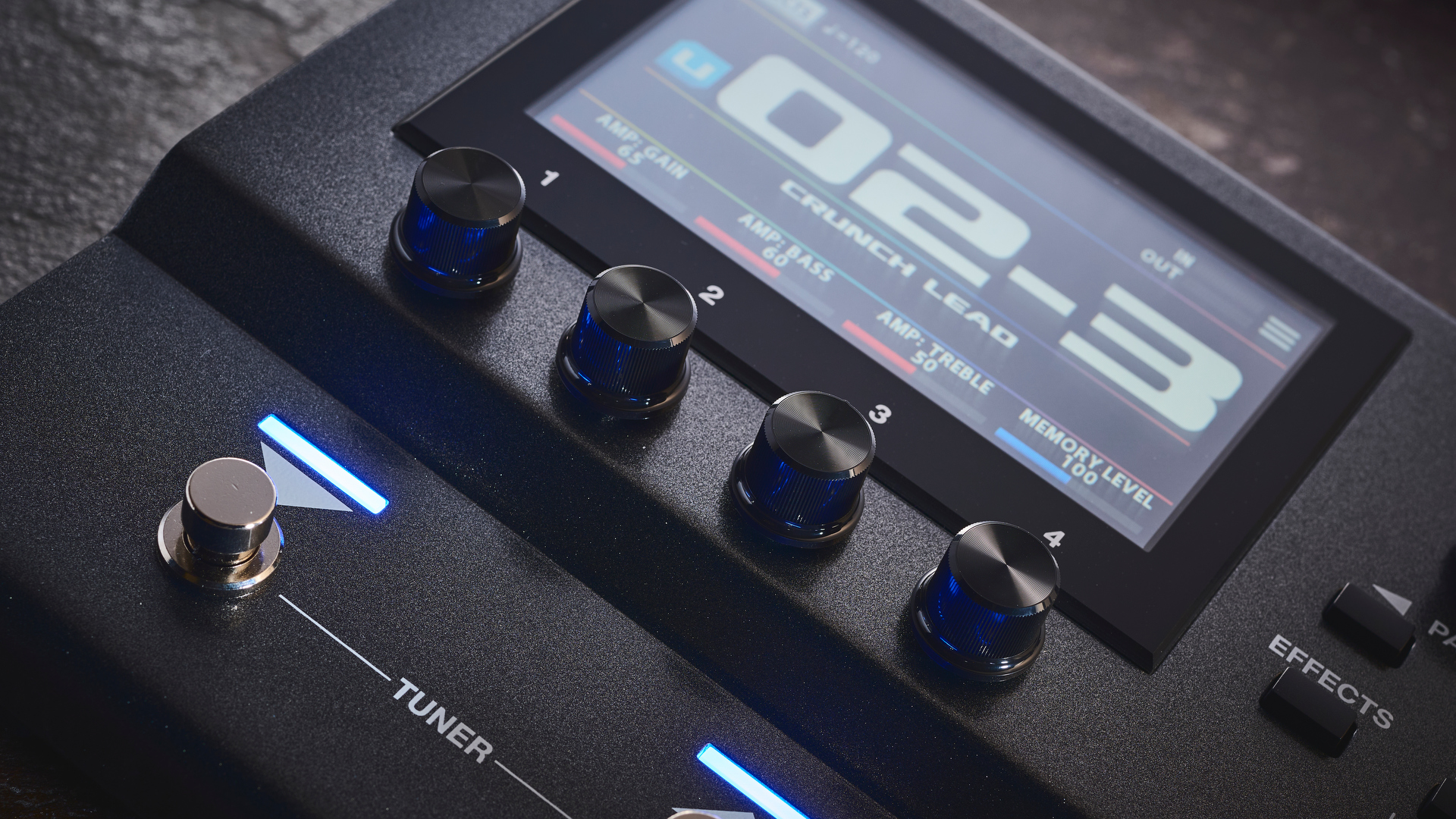
Sounds rating: ★★★½
Sitting down to get some tones on the go, equipped with my trusty Telecaster, a Gretsch semi-hollow, and a Jackson baritone guitar, I started flipping through the presets to see what pre-made sounds I could get out of the GX-10.
The first thing I noticed was the quality of the effects. The stereo delays are crisp and clear, the reverbs full of depth. Everything is incredibly high definition, and it’s immediately clear that this is Boss’ bread and butter.
The frankly ridiculous selection of effects is only matched by that of the HX Stomp, but Boss definitely has them beat when it comes to certain effects, particularly the delays. There’s just something about the clarity available in the tones with minimal tweaking that really adds an extra dimension to the tones you can create.
They manage to sit underneath the main body of your tone while remaining really defined. It’s especially noticeable when running stereo delays or using dual amps.
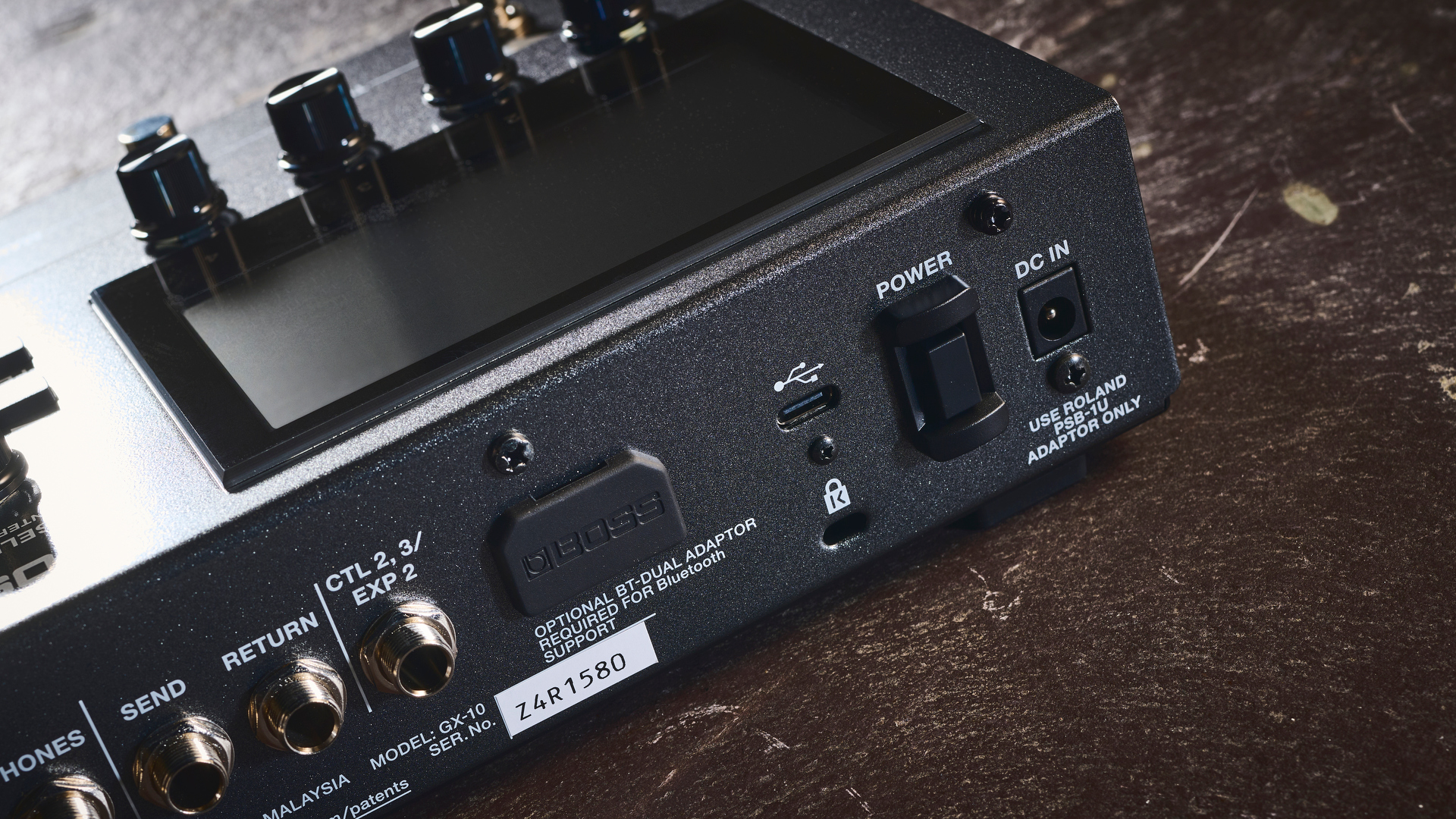
The amp models are good - there are no objectively bad sounds here - but ultimately there isn’t that wow factor…
Cycling through the presets gives you a preview of what’s available from the more popular tones, with classics like the OD-1 overdrive and DS-1 distortion, the OC-3 octave, and DD-3 delay pedal in full force and sounding as glorious as they always have.
The real beauty lies in the depth of effects though, the less trodden pedals like the sitar emulator, ring modulation, the SL-2 Slicer, and a myriad of other tones that are available for those who like to experiment sonically.
And the amp models? Well unfortunately I can’t help but feel Boss is still a little bit behind the competition here. The amp models are good - there are no objectively bad sounds here - but ultimately there isn’t that wow factor I’ve gotten from modeling pedals from the likes of Neural DSP, Universal Audio, and Line 6 recently.
I was able to get better sounds out of it once I dove deeper into the settings and tweaked things, but I spent a long time crafting here to get sounds that were satisfactory to my ear.
The clean tones, particularly the Jazz Chorus tone are done brilliantly, and I totally got that feel of a solid-state amp when playing that model. It’s the mid and higher gain stuff where the GX-10 loses out to its competitors.
They’re usable, but I never got that momentary feeling when you forget you’re playing a simulator and it just feels like you’re standing in front of a dimed amp, something I’ve experienced with other modelers. It’s worse in the high-gain stuff too, there’s a digital harshness that I just couldn’t quite edit out of the gnarlier tones.
Verdict
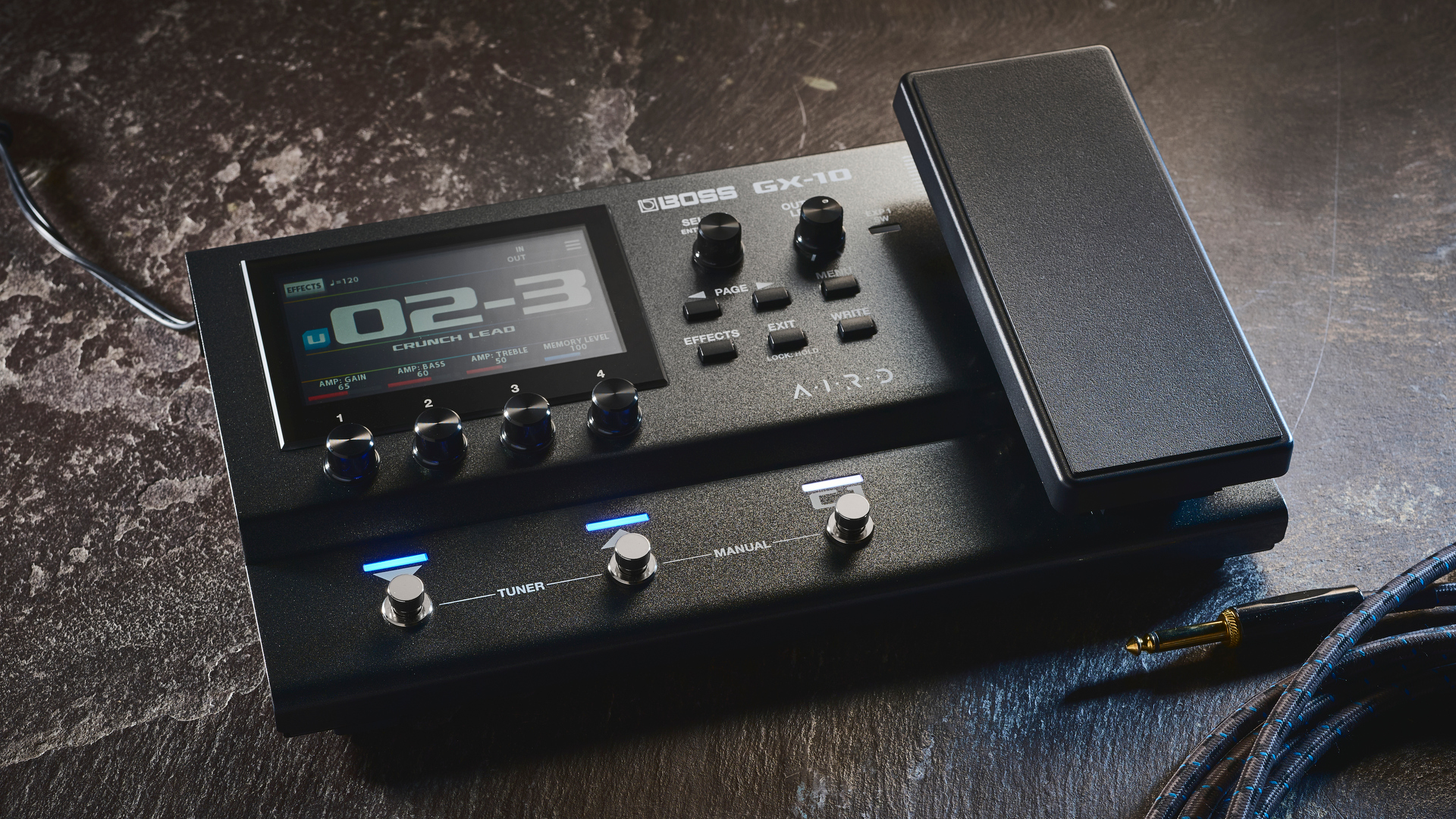
My experience with the Boss GX-10 is a real tale of two halves. On the one hand, the effects are simply stunning, and there are so many of my favorites baked into the unit that I had endless fun messing around with the classics, as well as trying some of Boss’ more esoteric offerings.
On the other hand, some of the amp models left me wanting a little more. They’re not bad, just lacking in a little of that magic that’s present in other modelers.
If the competition wasn’t so strong, it would be a brilliant bit of kit, but the current state of amp modeling means that the GX-10 doesn’t quite shine as much when it comes to its amp models.
Final verdict: It’s a brilliantly put-together unit, and really easy to use. There are plenty of options for tweaking and customizing to your particular needs, as well as some nice usability touches that will please both bedroom and gigging guitarists. The selection of effects is incredibly high quality and fantastically high definition, but ultimately the GX-10 is a $400 unit, and for that, I’d expect a lot more of the amp models.
Also try
$499/£349
Amongst the best compact amp modelers in its pricerange and the natural competitor to the GX-10, Line 6’s POD GO features a similarly stellar lineup of effects and amp models, a color screen, and an expression pedal. It’s got HX-quality amp models and effects, but is slightly limited in terms of DSP compared to the ‘proper’ HX series.
$549/£499
Utilizing Capture technology as opposed to traditional amp modeling, the Neural DSP Nano Cortex delivers delicious amp tones with select effects. Best used with an existing pedalboard, this miniature powerhouse also makes it easy to capture sonic snaphots of the tones from your favorite amps and pedals.
$299/£249
A decidedly more beginner multi-effects pedal, the Zoom G6 is a great option for beginners who want to get into multi-effects without spending loads. Like the GX-10 it also has a colour touchscreen and an expression pedal. It’s been praised for its ease of use and versatility in setting up effects and tweaking amp models.







